Hallucinogens
Drugs known as hallucinogens induce exhilaration and hallucinations. For millennia, people have used hallucinogenic drugs in rituals related to religion or for fun. Tripping is a drug-induced sensation that these chemicals produce, and it can be highly stimulating or extremely upsetting. Dissociative drugs and classic hallucinogens are the two subgroups of hallucinogens. Hallucinogens of both kinds have the potential to produce harmful side effects and hazardous situations. The likelihood that hallucinogens lead to tolerance or addiction has to be further studied. There is proof that hallucinogens like PCP and ecstasy can become addictive. LSD, psilocybin mushrooms, and a variety of other psychedelic substances are examples of traditional hallucinogens. Even while some of these compounds are created synthetically, many of them come from plants. Psychedelic effects are produced by all conventional hallucinogens. However, they can also induce actions that jeopardise the security or result in a fatal accident. As Schedule, I narcotics, these substances are prohibited in the United States. The pharmacological mechanisms of action of various kinds of hallucinogens vary. Psychedelics are agonists of the 5-HT2A receptor (serotonin 2A receptor agonists). The hallucinogenic substances LSD, mescaline, psilocybin, and PCP can affect a person's perspective of reality by causing hallucinations. The interactions between nerve cells and the neurotransmitter serotonin are initially disturbed by LSD, mescaline, and psilocybin, which then produce the desired effects. The serotonin system, which is widely distributed in the brain and spinal cord, is responsible for regulating the behavioural, perceptual, and regulatory systems. Mood, appetite, body temperature, sexual proclivities, motor control, and sensory perception are also included. Some hallucinogens, like PCP, affect the brain's glutamate receptor, which is crucial for learning and memory as well as the sense of pain and reactions to the environment.
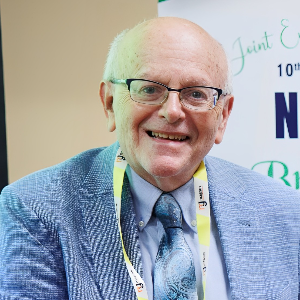
Nile Stanley
University of North Florida, United States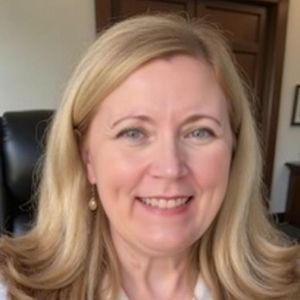
Ann Marie Leonard Zabel
Curry College, United States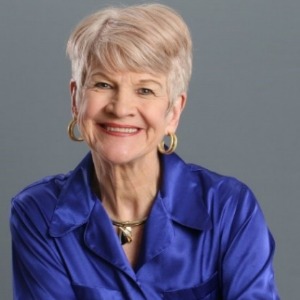
Edie Raether
NeuroShifts and Wings for Wishes Academy, United States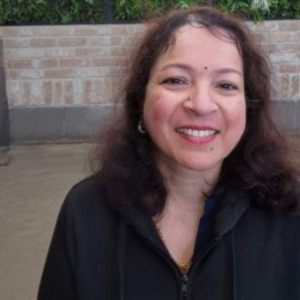
Sindu Padmanabhan
Bharathiar University, India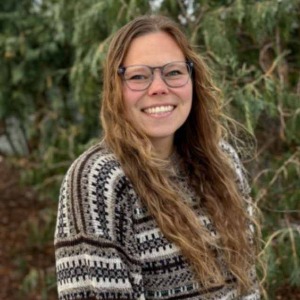
Kayla Albers
Hazelden Betty Ford Graduate School, United States
Jorja Jamison
Hazelden Betty Ford Graduate School, United States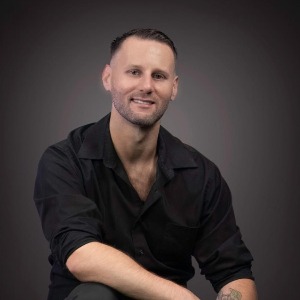
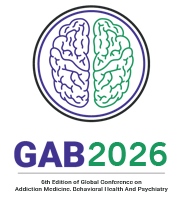
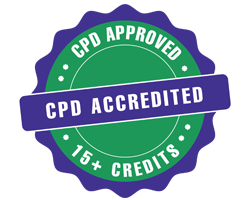


Title : Integrating bibliopoetry therapy and digital health technologies for inflammation management: A neuropsychosomatic perspective
Nile Stanley, University of North Florida, United States
Title : The Storm Within: Neuropsychological Insights into Dysregulation and Substance Use in the Adolescent Brain.
Ann Marie Leonard Zabel, Curry College, United States
Title : Sexualizing anxiety and anxiolytic sex: Misattribution of arousal
Sam Vaknin, CIAPS, Cambridge, United Kingdom
Title : Creative exploration of the complexity of the pre-lapse experience in the addict to add retrospective insight
Eric A Kreuter, Cornerstone of Rhinebeck, United States
Title : Resilience in counseling: Processing grief for the addictions counselor
Jorja Jamison, Hazelden Betty Ford Graduate School, United States
Title : Resilience in counseling: Processing grief for the addictions counselor
Kayla Albers, Hazelden Betty Ford Graduate School, United States